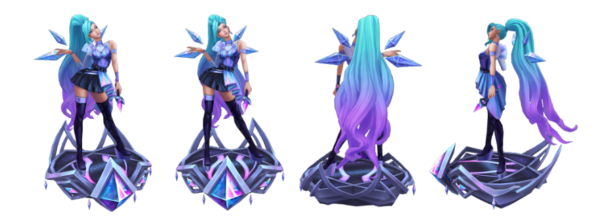Video Games
Arena Tier List Hearthstone
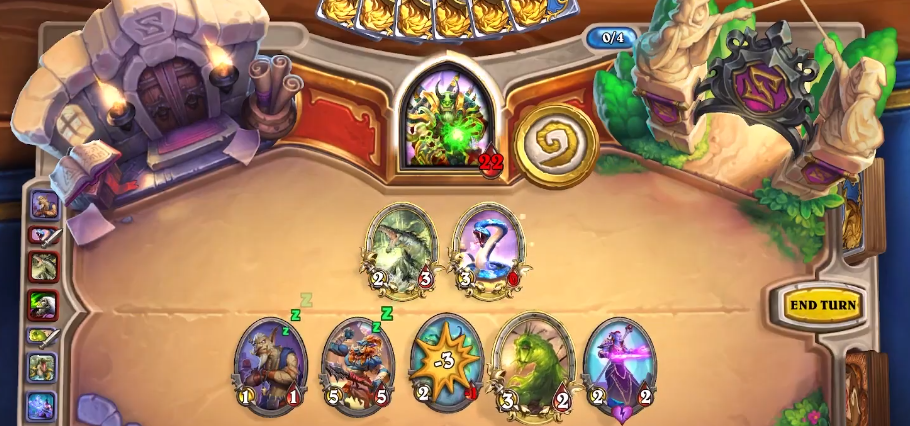
Hearthstone, Blizzard Entertainment’s digital collectible card game, has captivated millions of players worldwide since its release in 2014. One of its most popular game modes is the Arena, where players draft decks from a selection of cards and compete against each other for rewards. Mastering the Arena requires a deep understanding of card values, drafting strategies, and meta trends. Central to this understanding is the concept of Arena tier lists, which categorize cards based on their perceived power level. In this comprehensive guide, we delve into the intricacies of Arena tier lists in Hearthstone, exploring how they are constructed, how they evolve with each expansion, and how players can use them to improve their drafting skills and win rates.
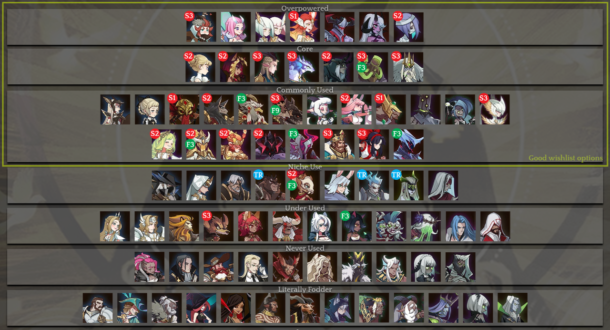
Purpose Of Arena Tier List
Understanding the Arena meta and the relative power of different class and card choices is crucial for achieving consistent success in this mode. That’s where the Arena Tier List comes in – a comprehensive evaluation of the classes and cards in Hearthstone’s ever-evolving Arena landscape. Arena tier list is a ranking system that assigns a numerical value or tier to each card in Hearthstone based on its perceived strength in the Arena format. Tier lists are typically created and updated by expert players, streamers, and community websites, drawing from their extensive experience and analysis of gameplay data. These lists serve as invaluable resources for Arena players, guiding them in making informed decisions during the drafting process.
Also Read: How Many GB is Fortnite? [PC/Mobile/Playstation/XBox]
Factors Influencing the Arena Tier List
- Class Power Level: The inherent strength of a class in the Arena mode is a significant factor in its tier ranking. Classes with powerful hero powers, access to key removal spells, and a strong set of efficient minions tend to occupy the higher tiers, while classes with more situational or underwhelming class cards may find themselves in the lower tiers.
- Card Quality and Synergies: The overall quality and synergies of a class’s card pool are also crucial determinants of its Arena performance. Classes with a high density of strong, versatile cards that can be easily drafted into a cohesive deck are more likely to perform well, while classes with a more niche or inconsistent card selection may struggle.
- Metagame Considerations: The current Arena metagame, which can shift with each content update or balance change, also plays a significant role in a class or card’s tier placement. Cards and strategies that are particularly effective against the dominant decks and play styles in the meta may rise in the tier rankings, while those that struggle against the prevailing archetypes may drop.
- Drafting and Deck-building Strategies: The tier list also takes into account the nuances of drafting and deck-building in the Arena mode. Classes or cards that are more straightforward to draft and assemble into a cohesive deck may be elevated in the rankings, while those that require more specific synergies or niche card selections may be penalized.
Also Read: Why does Fortnite Keep Crashing? [7 Quick Fixes]
Understanding the Arena Tier List
The Arena Tier List typically presents classes and cards in a hierarchical structure, with the most powerful options occupying the highest tiers and the weaker choices relegated to the lower tiers. The specific number of tiers and the criteria for each tier may vary across different versions of the tier list, but a common format is as follows:
Tier 1: The top-performing classes and cards in the current Arena meta. These options are generally considered the safest and most reliable choices for building a successful deck.
Tier 2: Strong and viable class and card choices that may not be as dominant as the Tier 1 options, but still offer a high potential for success.
Tier 3: Middling or situational class and card choices that can work in the right circumstances but may require more specific drafting and gameplay strategies to maximize their effectiveness.
Tier 4: Weaker class and card options that are generally not recommended for Arena drafting, as they tend to struggle against the more powerful choices in the meta.
It’s important to note that the tier list is not a strict set of rules, but rather a guideline that players can use to inform their drafting decisions. The actual performance of a class or card in the Arena can be influenced by a variety of factors, including individual player skill, deck synergies, and the specific matchups encountered during a run.
Also Read: How Old is Noelle Genshin Impact: Age of Heroes
Utilizing the Arena Tier List
Armed with an understanding of the Arena Tier List and the factors that influence it, players can leverage this information to improve their Arena performance in several ways:
- Drafting Optimally: During the drafting process, players can use the tier list to guide their card selections, prioritizing the higher-tier options and carefully considering the potential synergies and weaknesses of each pick. This can help ensure that the resulting deck is as strong and cohesive as possible.
- Adapting to the Metagame: By monitoring changes in the Arena Tier List, players can stay informed about the shifting metagame and adjust their drafting and gameplay strategies accordingly. This can include prioritizing classes or cards that are particularly well-suited to the current meta or adapting their playstyle to counter the dominant archetypes.
- Developing Card Evaluation Skills: Studying the reasoning behind the tier list can also help players improve their own card evaluation and decision-making skills. Understanding the factors that contribute to a card’s strength in the Arena can inform their own drafting and deckbuilding choices, ultimately leading to more consistent success.
- Identifying Undervalued Options: While the top-tier choices are generally the safest bets, the tier list can also reveal hidden gems – powerful cards or class options that may be undervalued by the broader player base. Identifying and capitalizing on these underrated choices can give players a competitive edge.
- Recognizing Situational Picks: The tier list also highlights cards and classes that may be situational or niche in their applications. Knowing when to draft these options and how to utilize them effectively can be a valuable skill in the Arena.
Also Read: How Much Scrap Does Tech Trash Give – Rust
Staying Up-to-Date with the Arena Tier List
The Arena Tier List is not a static document, as the Hearthstone meta and card pool are constantly evolving. To ensure that players are always equipped with the most accurate and up-to-date information, it’s essential to stay informed about the latest changes and updates to the tier list.
Many Hearthstone content creators and community resources, such as popular websites, forums, and social media channels, regularly publish and discuss the Arena Tier List. By following these sources and staying engaged with the Hearthstone community, players can stay ahead of the curve and make the most informed drafting decisions.
Also Read: Tekken 7 Tier List [Best Characters Ranked]
Conclusion
The Arena Tier List is a crucial tool for Hearthstone players seeking to optimize their performance in the game’s unique drafting-based mode. By understanding the factors that influence the tier rankings, players can make more informed drafting decisions, adapt to the shifting metagame, and develop their card evaluation skills – all of which can lead to greater success and more enjoyable Arena experiences.
Features
Exploring Valorant eSports Stats: Unveiling the Metrics Behind Competitive Excellence

In the rapidly expanding realm of Valorant eSports, statistical analysis plays a pivotal role in understanding player performance, team dynamics, and the strategic nuances that define success in competitive play. This article delves into the significance of Valorant eSports stats, their impact on the competitive landscape, and how they empower players, teams, and fans alike.
Key Metrics in Valorant eSports Stats
Valorant eSports stats encompass a wide array of metrics that provide insights into player proficiency and team strategies. These include individual performance indicators such as kill-death ratios (K/D), average damage per round (ADR), headshot percentages, and assist counts. Team statistics such as round win percentages, first blood percentages, and economy management efficiency further illuminate strategic strengths and areas for improvement.
Analyzing Player Performance and Contribution
For professional Valorant players, statistics serve as a critical tool for evaluating individual performance and contribution to team success. By analyzing metrics like K/D ratios and ADR, players can assess their impact in securing eliminations, dealing damage, and supporting team objectives. This data-driven approach enables players to identify strengths to leverage and weaknesses to address, enhancing their overall effectiveness in competitive matches.
Strategic Insights and Adaptation
Valorant eSports stats provide valuable strategic insights that shape team tactics and gameplay adaptations. Coaches and analysts analyze statistical trends to optimize agent selections, refine map strategies, and counter opponents’ playstyles effectively. The ability to leverage data-driven decision-making empowers teams to evolve their tactics, adapt to meta-game shifts, and maintain a competitive edge in the dynamic world of Valorant eSports.
Tracking Tournament Trends and Meta-Game Evolution
Beyond individual matches, Valorant eSports stats track broader tournament trends and meta-game evolution. Historical data on agent pick rates, map preferences, and round outcomes reveal emerging strategies and meta-shifts over time. This analytical depth allows teams and analysts to anticipate trends, innovate strategies, and stay ahead of competitors in high-stakes tournaments and league play.
Fan Engagement and Spectator Experience
Valorant eSports stats enrich the spectator experience during live broadcasts and tournament coverage. Fans can follow real-time updates on player performances, compare stats across matches, and engage in discussions about standout plays and strategic decisions. Interactive platforms and statistical dashboards enhance viewer engagement, fostering a deeper connection with the competitive narratives unfolding in Valorant eSports.
Impact on eSports Betting and Fantasy Leagues
Valorant eSports stats play a crucial role in eSports betting markets and fantasy leagues, where informed decision-making hinges on statistical insights. Bettors and fantasy league participants leverage player and team stats to assess form, predict match outcomes, and manage their investments strategically. Real-time updates and comprehensive data analysis enhance the strategic depth and excitement of eSports engagement for fans worldwide.
Technological Advancements and Data Visualization
Advancements in technology have revolutionized how Valorant eSports stats are accessed and analyzed. Streaming platforms and eSports websites offer sophisticated data visualization tools, interactive heatmaps, and player performance overlays that enhance the depth and accessibility of statistical analysis. These technological innovations provide analysts, commentators, and fans with enhanced insights into gameplay dynamics and strategic decision-making.
Future Innovations in Statistic Analysis
As Valorant continues to evolve as an eSports powerhouse, the future of statistical analysis promises further innovations. AI-driven predictive analytics, enhanced machine learning algorithms, and real-time performance tracking technologies are poised to revolutionize how eSports stats are processed and utilized. These advancements will elevate the precision, depth, and predictive capabilities of statistical analysis in Valorant eSports, shaping the future of competitive gaming.
Video Games
Smite God Tier List: Best to Worst Gods Ranked
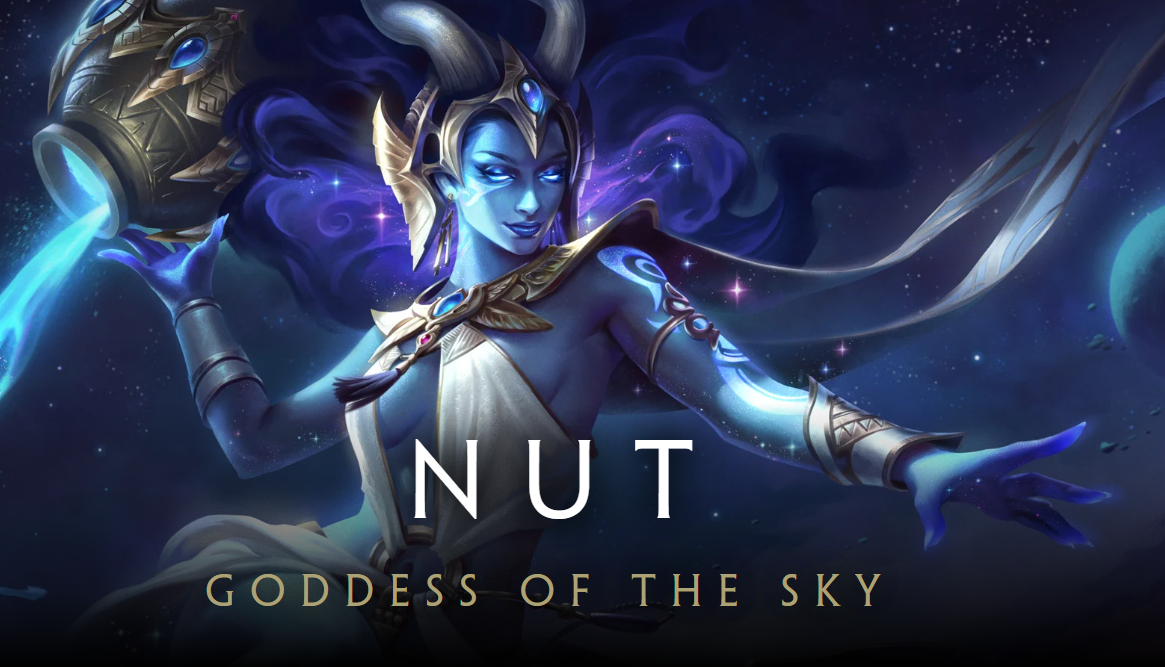
Smite, the popular third-person MOBA featuring mythological gods and goddesses from around the world, boasts an ever-expanding roster with over 100 playable characters. Each deity possesses unique abilities, playstyles, and strengths that can greatly impact a match’s outcome.
In this comprehensive tier list, we’ll rank Smite’s gods from best to worst, helping both new and experienced players make informed choices during the drafting phase.
The Smite God Tier List
S+ Tier: The Cream of the Crop
At the pinnacle of our tier list reside the S+ tier gods, whose unparalleled power and versatility make them top picks in competitive play. These deities excel in their respective roles and can single-handedly turn the tide of battle.
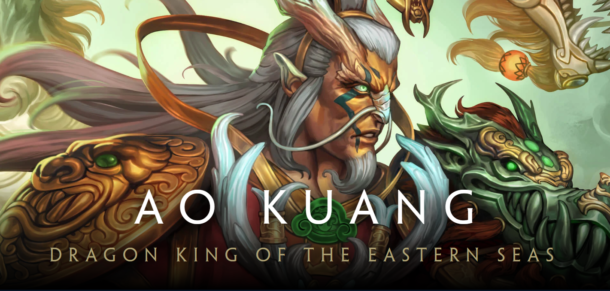
- Ao Kuang (Mage) – Ao Kuang, the Dragon King of the Eastern Seas, stands out with incredible burst damage and mobility. His ultimate allows him to execute low-health enemies, making him a formidable threat throughout the game.
- Arachne (Assassin) – Arachne, the Weaver, excels at early game pressure and ganks, thanks to her high base damage and crowd control abilities. Her web traps provide excellent vision control, allowing her team to maintain map dominance.
- Chernobog (Hunter) – Chernobog, the Slavic god of darkness, is a late-game hyper carry who can shred through enemy teams with his auto-attacks. His global ultimate makes him highly mobile, allowing him to join fights or escape danger at a moment’s notice.
- Pele (Assassin) – Pele, the Hawaiian goddess of fire and volcanoes, is a relentless assassin with strong sustain and chase potential. Her passive allows her to gain movement speed and damage after using abilities, making her a constant threat in teamfights.
- Raijin (Mage) – Raijin, the Japanese god of thunder, is a bursty mid-lane mage with excellent poke and utility. His ultimate can stun multiple enemies, setting up easy kills for his team.
- Sun Wukong (Warrior) – Sun Wukong, the Monkey King, is a versatile solo laner who can adapt to any situation. His transformations grant him increased survivability, damage, and mobility, making him a difficult target to lock down.
Also Read: League of Legends Skins Codes, Riot Points, Emotes And Others
S Tier: Strong Contenders
Just below the S+ tier are the S tier gods, who are still highly viable picks in both casual and competitive play. While they may have some minor weaknesses, their overall strength and impact on the game are undeniable.
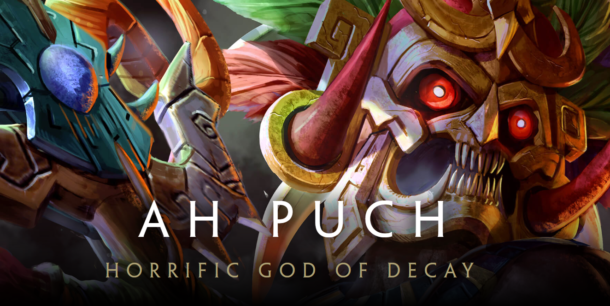
- Ah Puch (Mage)
- Anhur (Hunter)
- Ares (Guardian)
- Athena (Guardian)
- Baba Yaga (Mage)
- Camazotz (Assassin)
- Cthulhu (Guardian)
- Freya (Mage)
- Geb (Guardian)
- Janus (Mage)
- Kali (Assassin)
- Olorun (Mage)
- Scylla (Mage)
- Thanatos (Assassin)
- Thor (Assassin)
- Thoth (Mage)
- Ullr (Hunter)
These gods excel in their respective roles and can significantly impact the game’s outcome when played effectively.
A Tier: Reliable Picks
A tier gods are solid choices that can perform well in most situations, but may lack the overall strength or versatility of their higher-tiered counterparts. These deities often require more skill and coordination to reach their full potential.
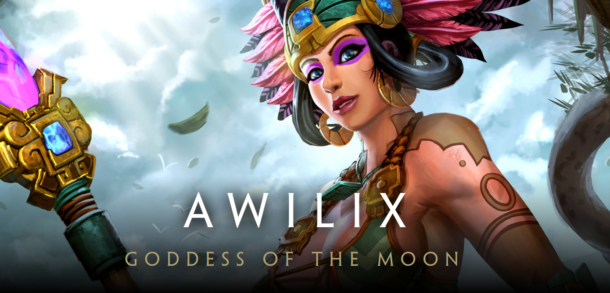
- Awilix (Assassin)
- Bastet (Assassin)
- Hachiman (Hunter)
- Hades (Mage)
- Izanami (Hunter)
- Jing Wei (Hunter)
- Mercury (Assassin)
- Neith (Hunter)
- Rama (Hunter)
- The Morrigan (Mage)
- Yemoja (Guardian)
Gods like Awilix and Mercury rely on precise timing and positioning to excel, as they have strong single-target damage but lack reliable escape mechanisms. Hades and The Morrigan, on the other hand, require a deep understanding of their kits to effectively outplay opponents and contribute to teamfights.
Also Read: Cheat Code Pokemon Ruby: Full list of codes
B Tier: Situational Specialists
B tier gods have niche strengths that can be exploited in specific situations or team compositions, but generally struggle to keep up with the more well-rounded deities in higher tiers.
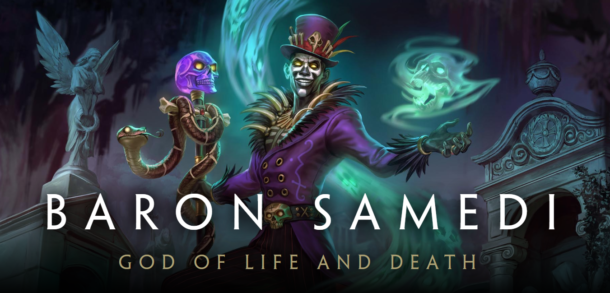
- Baron Samedi (Mage)
- Cernunnos (Hunter)
- Chang’e (Mage)
- Chiron (Hunter)
- Danzaburou (Hunter)
- Fenrir (Assassin)
- Hou Yi (Hunter)
- Hun Batz (Assassin)
- Loki (Assassin)
- Ravana (Assassin)
These gods may excel in certain matchups or when paired with specific allies, but their overall impact on the game is less consistent than that of higher-tiered deities.
C Tier: Underperformers
C tier gods have significant weaknesses that hinder their performance in most situations. While they can still be effective in the hands of dedicated mains, they are generally outclassed by the gods in higher tiers.
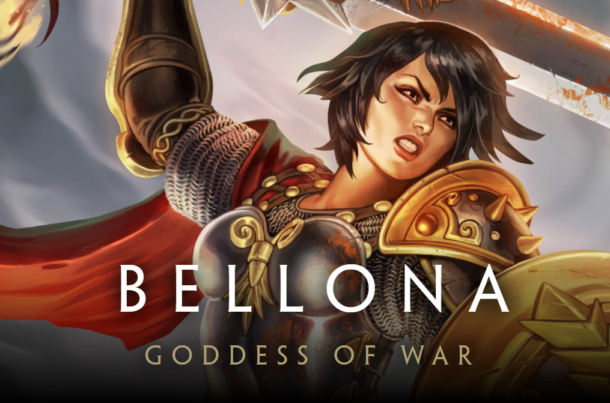
- Bellona (Warrior)
- Chaac (Warrior)
- Cerberus (Guardian)
- Cupid (Hunter)
- Hel (Mage)
- Nemesis (Assassin)
- Odin (Warrior)
- Ymir (Guardian)
- Zeus (Mage)
These gods may struggle with mana sustain, lack reliable crowd control, or have kits that are easily countered by the current meta picks.
D Tier: The Bottom of the Barrel
At the bottom of our tier list are the D tier gods, who are considered the weakest and least viable picks in the current meta. These deities have glaring flaws in their kits or play styles that make them difficult to recommend in most situations.
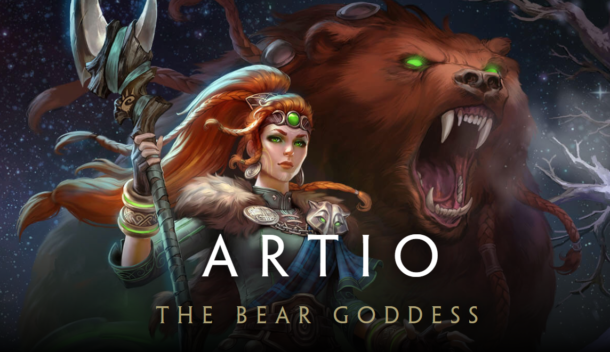
- Artio (Guardian)
- Erlang Shen (Warrior)
- Persephone (Mage)
- Vamana (Warrior)
Gods like Artio and Erlang Shen have fallen out of favor due to nerfs or shifts in the meta, while others like Persephone and Vamana have kits that are too clunky or situational to consistently perform well.
Also Read: How To Check Your League Of Legends MMR System?
Conclusion
While this tier list provides a general ranking of Smite’s gods based on their overall strength and viability, it’s important to remember that player skill, team composition, and personal preference can greatly influence a god’s effectiveness in any given match. As the meta evolves and new gods are introduced, the rankings may shift, so it’s crucial to stay informed and adaptable.
Ultimately, the key to success in Smite is to focus on mastering the gods that suit your playstyle and to work collaboratively with your team to capitalize on each deity’s unique strengths. By understanding the current meta and making informed picks during the drafting phase, you’ll be well on your way to dominating the battleground of the gods.
Video Games
League of Legends Skins Codes, Riot Points, Emotes And Others
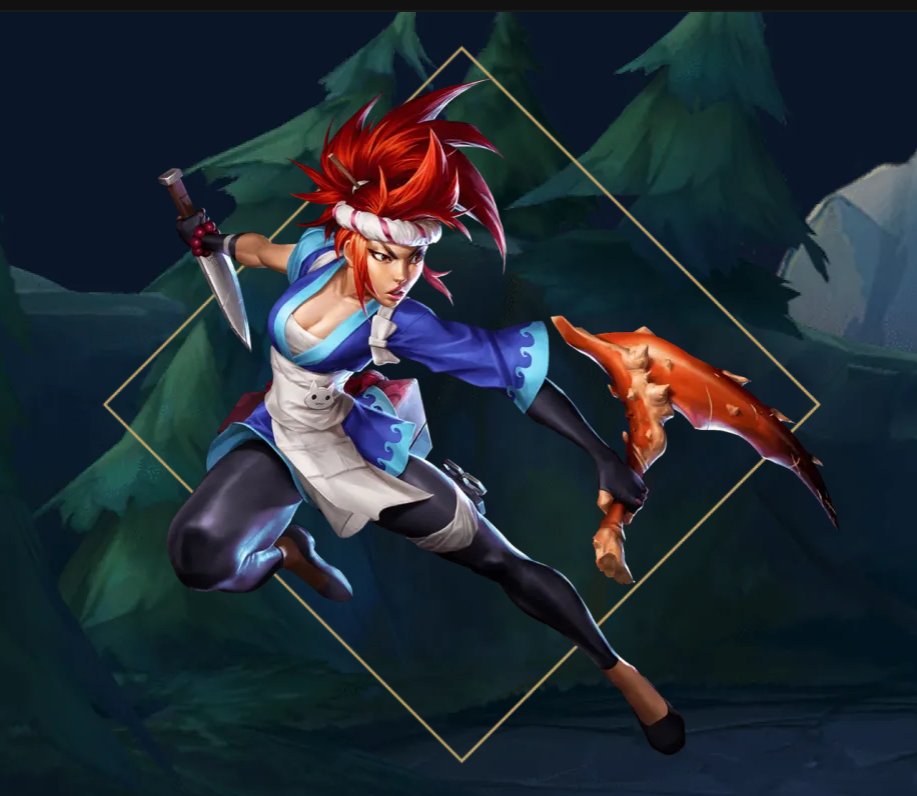
For gamers around the world, League of Legends has become more than just a game – it’s a way of life. Developed by Riot Games, this multiplayer online battle arena (MOBA) has captivated millions with its intense gameplay, strategic depth, and an ever-expanding universe of characters and lore.
However, what truly sets League of Legends apart is the vast array of customization options that allow players to express their individuality and take their gaming experience to new heights. Let’s take a closer look at each of them:
Skins
At the heart of League of Legends’ customization ecosystem lie the skins – cosmetic enhancements that transform the appearance of your favorite champions. From sleek and futuristic designs to whimsical and mythical themes, skins breathe new life into these iconic characters, allowing players to showcase their unique style on the battlefield.
Riot Games regularly releases new skins, often tied to specific events, promotions, or in-game updates. Some skins are available for purchase through the in-game store using Riot Points (RP), while others are exclusive rewards for participating in special events or purchasing bundles.
Also Read: Cheat Code Pokemon Ruby: Full list of codes
Unlocking Exclusive Cosmetics With Skin Codes
In addition to purchasing skins directly, League of Legends players can also acquire them using skin codes – unique alphanumeric combinations that can be redeemed on the official website or through the game client. These codes are often distributed by Riot Games during promotional events, partnerships, or as rewards for participating in specific activities.
Some Skin Codes:
- 5J6V-DAYM-ZHDE-13G4
- XXXC-JWDW-YN8B-FF2J
- 3QZA-DLKT-D9MU-G6VW
- 6CSC-NAFL-0SWI-OHVF
- H1N4-Q5G6-8CSY-YK0M
- DNHV-4DMN-TG2O-4FQ1
- 9DKL-4858-9EDV-JNIG
- QKUI-3N4L-LO5J-FB2F
- E5AL-WV2W-469T-SXYJ
- 7BFF-PJPA-88UY-SO3R
- JSZR-67XE-TJDD-WIZ8
- HRTJ-FDO4-WZ26-Z7TP
- LM0A-3UBN-3WTI-WVA2
- TQM2-PK8F-1SPP-O09J
- BSFJ-NGE3-VEFD-BDOK
- TH72-K1XM-7U2T-VU0J
- K61Z-OT3J-XO17-94VA
- JKR5-FHWL-VGQX-9EUV
- R60D-ZAAA-CLM9-HM5L
- QZMO-Z7BM-MKMP-WHFV
It is a good idea for players to stay updated on the latest skin code releases by following official Riot Games channels and the League of Legends community updates.
Riot Points
Riot Points (RP) are the virtual currency that powers the League of Legends customization ecosystem. Players can purchase RP directly from the in-game store using real-world currency, allowing them to unlock a wide range of cosmetic items, including skins, ward skins, emotes, and more.
In addition to skins, RP can be used to unlock chromas (recolored versions of existing skins), summoner icons, and ward skins, enabling players to further personalize their gaming experience and showcase their unique style on the Summoner’s Rift.
Also Read: How To Check Your League Of Legends MMR System?
Emotes
Emotes are animated expressions that players can use during matches to communicate with their teammates and opponents. These emotes range from celebratory dances to taunts and humorous reactions, adding an extra layer of personality and fun to the game.
Emotes can be acquired through various means, including purchasing them with RP, earning them through specific events or challenges, or obtaining them as part of limited-time bundles or promotions.
Hextech Crafting
League of Legends also features a loot box system called Hextech Crafting. Players can earn Hextech Chests and Keys through playing matches or completing specific missions. These chests can be unlocked using keys, revealing a random assortment of rewards, including skins, emotes, ward skins, and other cosmetic items.
Players can also give away unwanted items from their Hextech Crafting loot to earn Essence, which can be used to craft specific skins or other cosmetic items they desire.
Limited-Time Events And Promotions
Riot Games frequently hosts limited-time events and promotions in League of Legends, offering players exclusive opportunities to obtain unique skins, emotes, and other customization items. These events often coincide with seasonal celebrations, esports tournaments, or thematic updates to the game.
Limited-time bundles and sales on skins and other cosmetic items are also common, providing players with an opportunity to expand their collection at a discounted price.
Community And Customization Culture
The League of Legends community plays a significant role in the popularity and culture surrounding customization. Players often showcase their rare and unique skins, emotes, and other cosmetic items, fostering a sense of pride and individuality within the game.
Social media platforms and community forums are filled with discussions, fan art, and appreciation for the various customization options available in League of Legends. Players share their favorite skins, discuss upcoming releases, and even create fan-made concepts, contributing to the ever-evolving customization landscape.
Also Read: Smite God Tier List: Best to Worst Gods Ranked
Redeeming Codes In League of Legends
To redeem skin codes or other promotional codes in League of Legends, players have two options:
Option 1
- Log in to the League of Legends.
- Click on the “Store” button.
- Click on the “Account” button at the top right corner of the store.
- Select “Redeem Codes”.
- Enter the displayed code accurately and make sure ou double check.
- Click on “Submit” to redeem the code.
Option 2
- Open Riot’s Code Redemption page on your browser.
- Enter the displayed code and select “Redeem Code”.
Conclusion
League of Legends offers a vast array of customization options, allowing players to truly make the game their own. From exclusive skins that breathe new life into champions to emotes that add personality and flair to matches, the world of LoL customization is ever-expanding.
With Riot Games’ dedication to continuously releasing new content and hosting engaging events, players can look forward to an endless journey of personalization and self-expression on the Summoner’s Rift.
-

 Guides4 years ago
Guides4 years ago6 Proven Ways to Get more Instagram Likes on your Business Account
-

 Mainstream9 years ago
Mainstream9 years agoBioWare: Mass Effect 4 to Benefit From Dropping Last-Gen, Will Not Share Template With Dragon Age: Inquisition
-

 Casual8 months ago
Casual8 months ago8 Ways to Fix Over-Extrusion and Under-Extrusion in 3D Printing
-
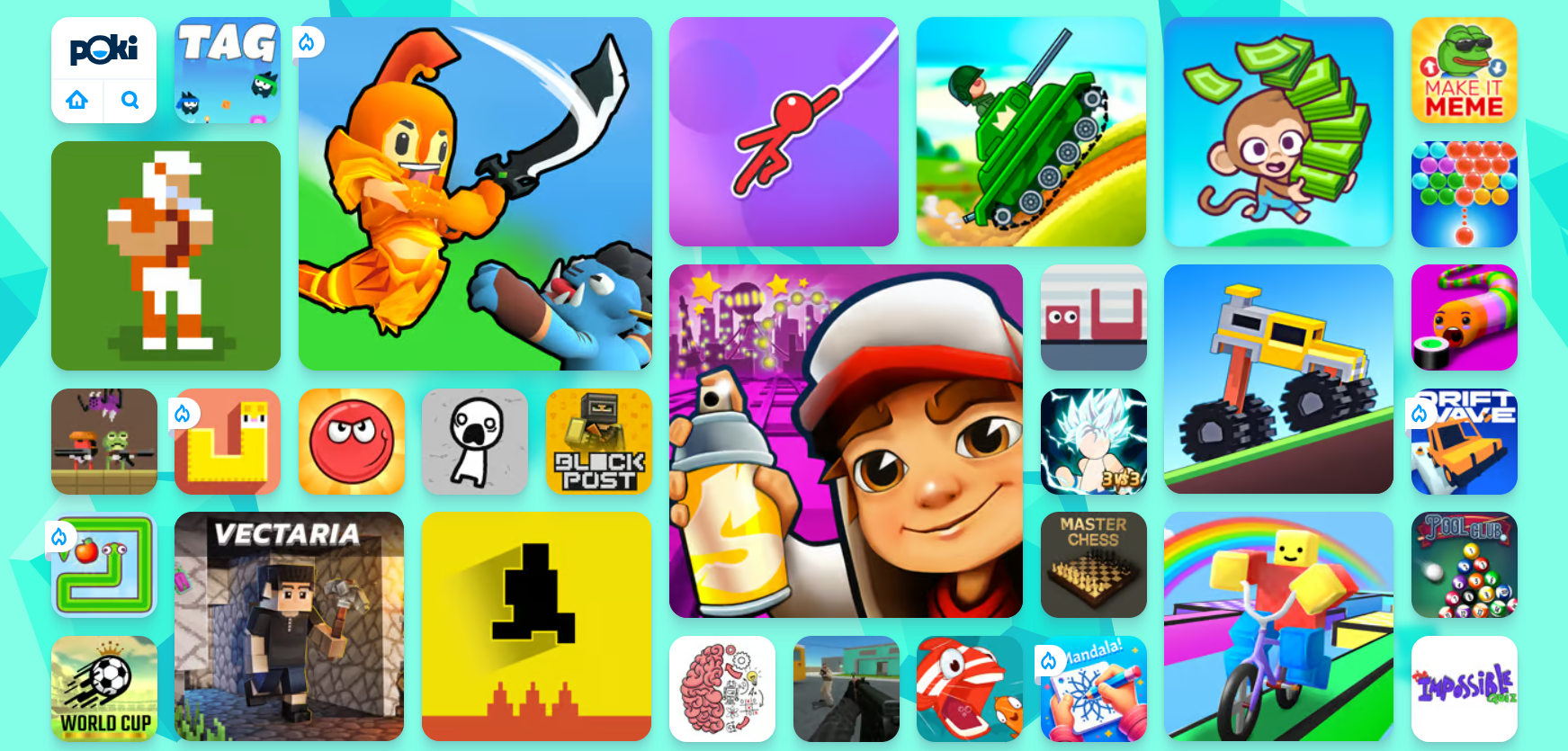
 Guides5 months ago
Guides5 months agoExplore 15 Most Popular Poki Games
-
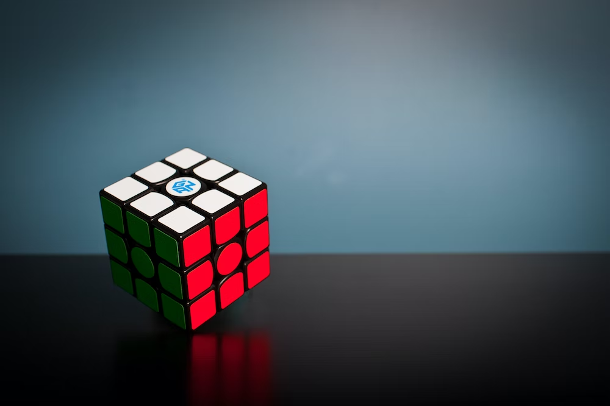
 Guides1 year ago
Guides1 year agoGan Rubik’s Cube vs. Traditional Rubik’s Cube: Key Differences and Advantages
-

 Uncategorized3 years ago
Uncategorized3 years agoTips To Compose a Technical Essay
-

 iOS Games1 year ago
iOS Games1 year agoThe Benefits of Mobile Apps for Gaming: How They Enhance the Gaming Experience
-

 Mainstream11 years ago
Mainstream11 years agoGuild Wars 2: The eSports Dream and the sPvP Tragedy

